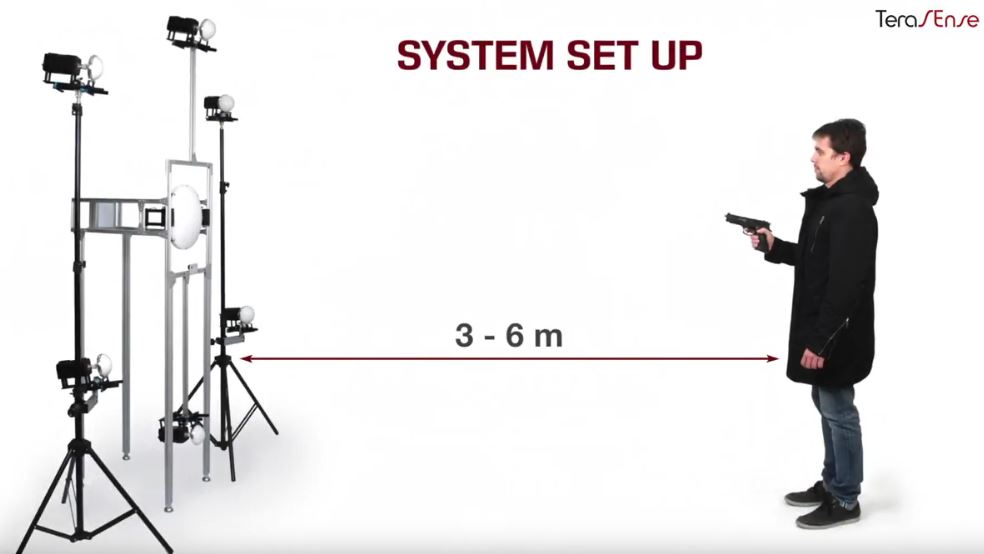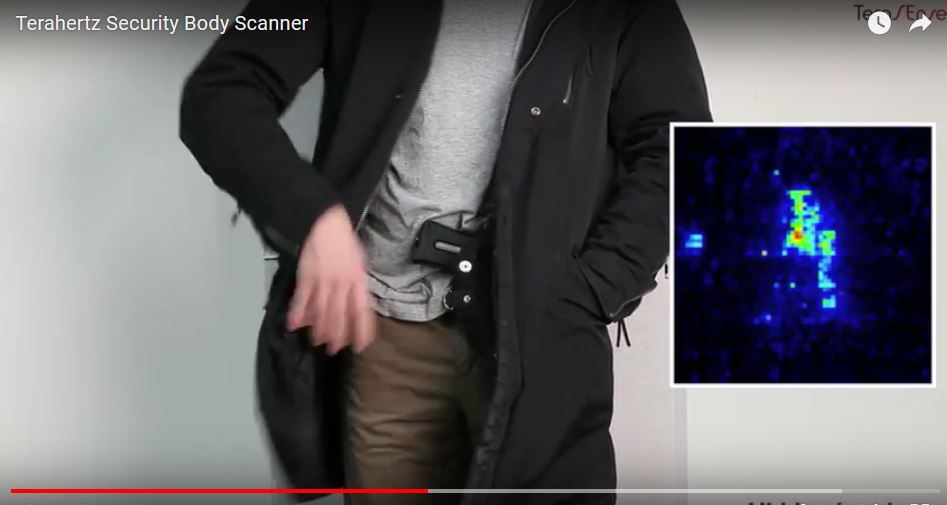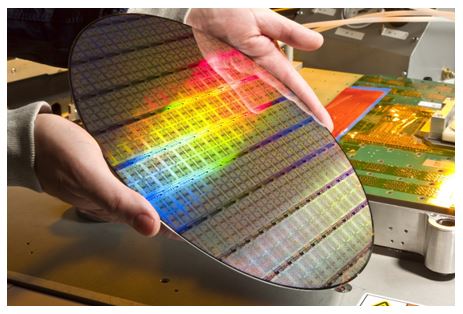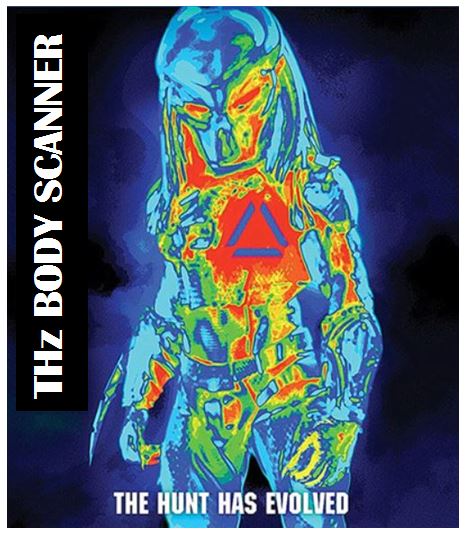Dream big: terahertz security body scanner development plans
 Many of TERASENSE customers are already pretty familiar with our Terahertz security screening system, which we call THz Security Body Scanner - 2.0. We made a short and vivid promotional video posted at the bottom of the web-page for this product that demonstrates the actual performance of the latest generation of our body scanner and allows anyone to judge about its effectiveness.
Many of TERASENSE customers are already pretty familiar with our Terahertz security screening system, which we call THz Security Body Scanner - 2.0. We made a short and vivid promotional video posted at the bottom of the web-page for this product that demonstrates the actual performance of the latest generation of our body scanner and allows anyone to judge about its effectiveness.
 Our THz body scanner was designed to detect various objects hidden under clothes, viz. hand-held weapons, drugs, metallic and non-metallic items, contraband and stolen items etc. Our body screening system operates in reflection mode at a distance of up to 6 m away from the target (human body). At a distance of 6 m the effective field of view of one body scanner system covers the area of aprx 120 x 120 cm on the target, which can take care of the most part of the body at one side and therefore can also be used as a theft-prevention system at the check points.
Our THz body scanner was designed to detect various objects hidden under clothes, viz. hand-held weapons, drugs, metallic and non-metallic items, contraband and stolen items etc. Our body screening system operates in reflection mode at a distance of up to 6 m away from the target (human body). At a distance of 6 m the effective field of view of one body scanner system covers the area of aprx 120 x 120 cm on the target, which can take care of the most part of the body at one side and therefore can also be used as a theft-prevention system at the check points.
Of course, there are no limits to perfection and we admit that as any other device our existing body scanner can be improved. Moreover we are determined to implement such improvements step by step within the observable future and we hope that the capabilities of our future revamped THz body scanner will move us closer to what we used to see in the movies about predators...
 In particular, one of the practical directions for such future development may imply a cardinal change in our approach toward antenna. Our R&D researchers believe that a use of toroidal-shaped reflecting antenna will allow to eliminate ‘blind’ spots for inspection on a human body and to increase the image resolution of the system. Besides, it is expected to reduce the price of the whole system by cutting the number of THz sources to one high-power generator instead of six generators with standard output power currently used as a source of THz emission.
In particular, one of the practical directions for such future development may imply a cardinal change in our approach toward antenna. Our R&D researchers believe that a use of toroidal-shaped reflecting antenna will allow to eliminate ‘blind’ spots for inspection on a human body and to increase the image resolution of the system. Besides, it is expected to reduce the price of the whole system by cutting the number of THz sources to one high-power generator instead of six generators with standard output power currently used as a source of THz emission.
Another breakthrough is expected to be achieved in the field of the existing optical train by exploiting new principles based on ellipsometry effects, as well as by playing with cross-polarization. If our R&D experiments in this area are successful, these steps are anticipated to yield us one more important feature – a capability to distinguish metallic from dielectric objects.
Finally, a transition from GaAs technology currently used to a widely spread and even less expensive Si technology should also lead to a considerable  reduction of THz sensor arrays production cost, as well as to a possible integration of both, sensor/receiving hardware and digitizing hardware parts of electronics within the same chip.
reduction of THz sensor arrays production cost, as well as to a possible integration of both, sensor/receiving hardware and digitizing hardware parts of electronics within the same chip.
There are a number of other improvements that our scientific & research team is keen to focus on, like expanding coverage area on the target, increasing scanning speed and throughput capacity, you name it. Of course, it is easier said than done and we admit that it may take a while to make predators really envy our body scanning capabilities. Well, we all know that a journey of thousand miles begins with a single step and all great things have small beginnings! Needless to say that our marketing department will keep you posted on our progress.